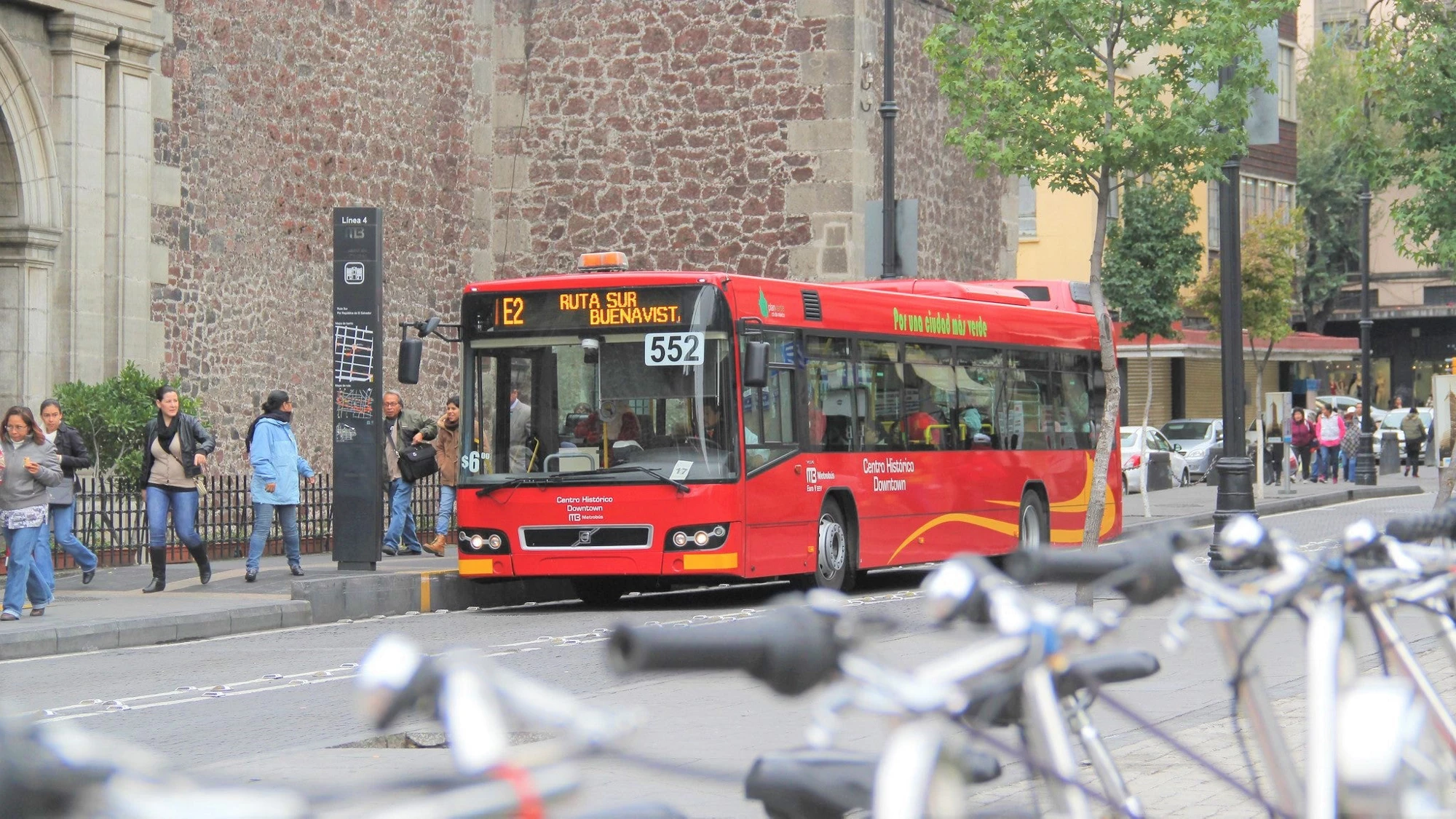Go slow, save lives, walk, ride a bike, protect the planet. Those are just some of the ideas behind "Streets for Life," the call to action for this year's UN Road Safety Week. "Streets for Life" is the tagline for a new way of thinking about urban transport: making 30 km/h (20 mph) the standard speed limit for cities, towns, and villages around the world.
By 2030, estimates are that nearly five billion of the world's 8.5 billion inhabitants will live in urban settings, with most of the urban growth happening in developing regions. Europe still remains the most urbanized continent on the globe, with over 80% of its population living in towns and cities, where car use keeps increasing.
As urbanization and motorization continue to grow, a speed limit of 30 km/h should be standard in all places where cars, cyclists, and pedestrians interact. Transport experts have long known that speed kills. Speed is a key factor in 30% of fatal accidents. Lower speeds protect everyone, especially vulnerable people like children, cyclists, pedestrians, the elderly, and people with disabilities. People have a 90% chance of surviving after being hit by a car or a truck going at 30 km/h, but less than 50% at 50 km/h or higher.
Healthier cities, a healthier planet
Lower speeds are also essential for improving health—the health of people and the health of the planet. Low-speed streets that make it safer for people to walk and bike can both promote physical activity and reduce the climate impact of urban transport.
Even small reductions in speed can significantly enhance fuel efficiency. The European Environment Agency found that reducing motorway speed limits from 120 to 110 km/h amounted to 12-18% in fuel savings. In addition, lower speed limits tend to reduce the convenience of private cars and make other modes more attractive.
Many cities in Europe are already moving toward slower speeds, with considerable gains in terms of road safety and quality of life. Brussels and Paris have introduced 30km/h limits in order to improve air quality and reduce noise pollution and traffic collisions. By the end of 2021, the Dublin City Council's Transportation Department intends to do the same. The Spanish government is also introducing new traffic regulations, lowering speed limits and increasing fines. Luxembourg has extended its 30km/h zones to all built-up areas, as have Oslo and Helsinki, where not a single pedestrian or cyclist was killed in a road crash last year.
Low speeds are key to creating livable streets, which are at the heart of the 2030 Agenda for Sustainable Development and can facilitate many of its targets. More cities are already adopting Vision Zero strategies and the Safe Systems Approach, which shifts the responsibility for road safety from individual users to the planners, engineers, designers and policymakers responsible for the transport system.
The pandemic's impact
The health and safety measures prompted by COVID-19 are leading to new ideas for infrastructure and the use of public space. First, as the world continues to fight the pandemic, lower vehicle speeds can reduce the number of severe traffic injuries and ease the pressure on hospitals. With only two hospitals and a predominantly elderly population, the UK's Isle of Man cited COVID-19 as the impetus for reducing the speed limit island-wide to 40 miles per hour. The island's administration said the change was necessary in order to minimize the risk of road accident victims requiring intensive care.
More generally, the COVID-19 pandemic has already forced governments around the world to rethink the relationship between movement, urban space, and health. In a bid to create a safer, more sustainable future, the "Streets for Life" approach aims to build on some of the key COVID-era innovations that have been redefining transport and urban development: slower traffic speeds; open space for pedestrians, bike and scooter riders, or kids playing on sidewalks; and even the outdoor safe-dining "streeteries" that have opened up in many of the world's cities.
As the pandemic pushes cities to transform themselves, we have a short window of opportunity to reinvent urban transport, with huge potential for road safety, public health, climate action, and the environment . Lower speed limits will be at the core of this transformation.




Join the Conversation